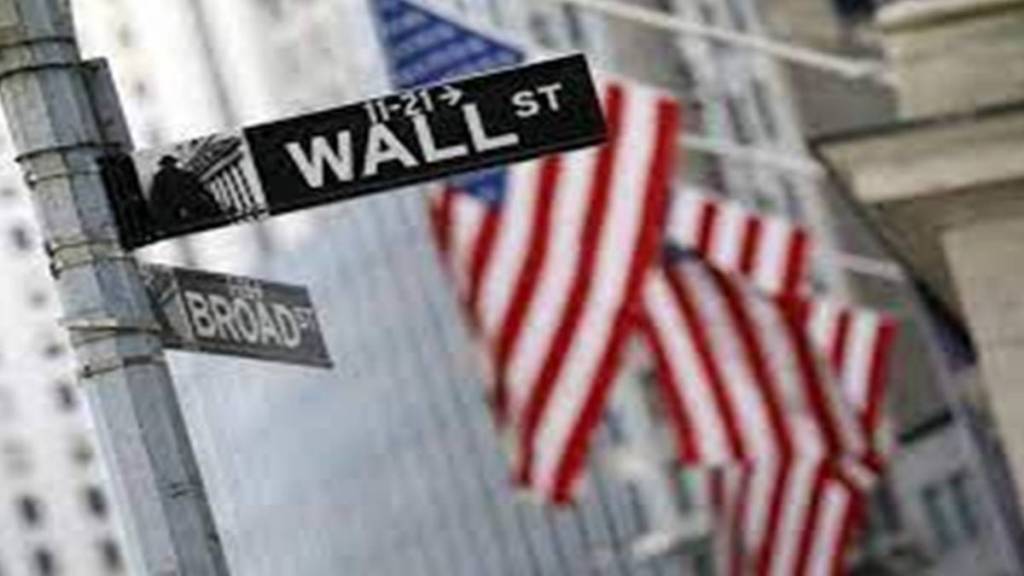With the Fed on blackout, data and sentiment could well shift pricing materially. We are wary of downside risks and think that the widely expected last 25bps hike next week might not be quite cast in stone.
Last night, the odds of a hike dipped as low as 70%. We would also note that the market participants are not comfortable pricing a full hike for May since the bank failures. We are similarly cautious from a strategy point of view and see receiving short-term USD rates as a good risk to reward if things go awry.
Between US GDP figures and another set of banking sector data later this week, the market has plenty to chew on. Moreover, our analysis suggests that banking system stress has not abated sufficiently.
Also Read: Meta’s earnings release date, time: Facebook’s first quarter 2023 financial results
Throw in a debt ceiling mix (the Treasury could run out of cash around mid-June) and it becomes clear that the coming weeks could well be volatile. A rate hike next week might well be judged to do more harm (adding more stress) than good depending on how sentiment shifts.
US bank and recession worries hammered stocks and bond yields. Dow, S&P 500, and Nasdaq Composite fell by 1%, 1.6%, and 2%, respectively. The US Treasury 2Y and 10Y yields eased a second day by 13.4 bps and 9.1 bps to 3.95% and 3.40%, respectively.
First Republic Bank shares plummeted 49.4% to a lifetime low of USD8.10 on a net loss of USD72bn in deposits during 1Q23. The Fed brought forward its review of Silicon Valley Bank to 28 April from 1 May.
Also Read – US Stock Market: How high will the federal funds rate go?
Consensus still sees the Fed delivering a final 25 bps hike at its FOMC meeting on 3 May, bringing the Fed Funds Rate to 5-5.25%, above its preferred inflation gauges. On Friday, consensus expects the PCE deflator to slow to 4.1% YoY in March from 5% in March and the PCE core deflator to stay unchanged at 4.6%.
The US Conference Board’s consumer confidence index fell to 101.3 in April, more than the 104 consensus to its lowest level since November. March was revised to 104 from 104.2. The weakness came mainly from a drop in the expectations index to 68.1 from 74 (revised from 73). The present situation index rose to 151.1 in April after March was revised to 148.9 from 151.1.
Tomorrow’s US advance GDP report will show how well the US consumer is holding up. Although consensus sees headline growth slowing to an annualized 2% QoQ saar in 1Q23 from 2.6% in 4Q22, it expects personal consumption expenditure to bounce to 4.3% from 1%.
Source: Report on ‘Weakening Sentiment; USD Rebound’ by Eugene Leow, Senior Rates Strategist, Duncan Tan, Rates Strategist & Philip Wee, Senior FX Strategist at DBS Bank


